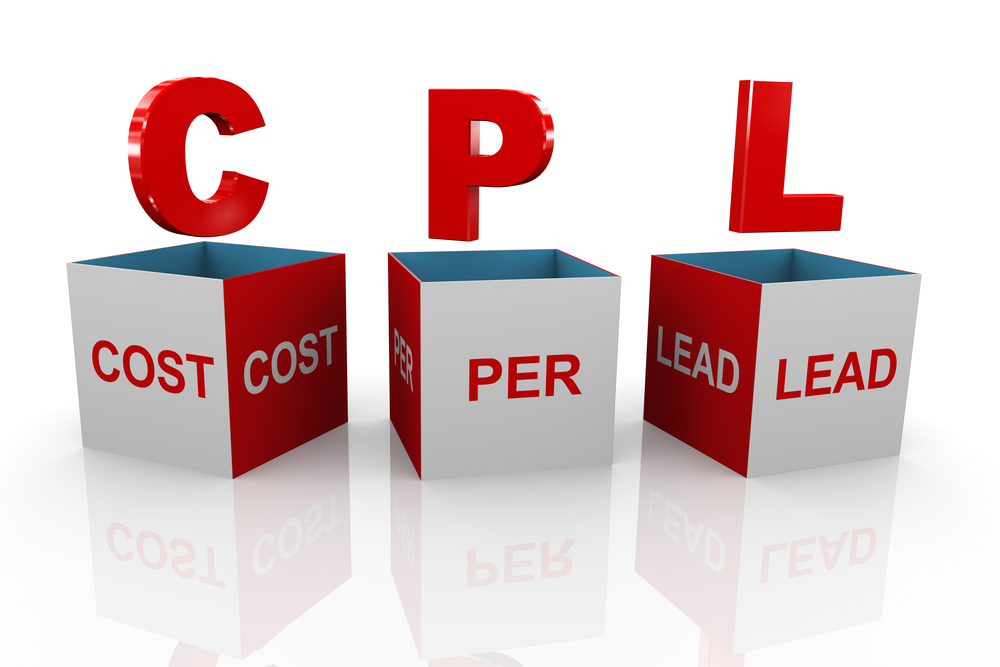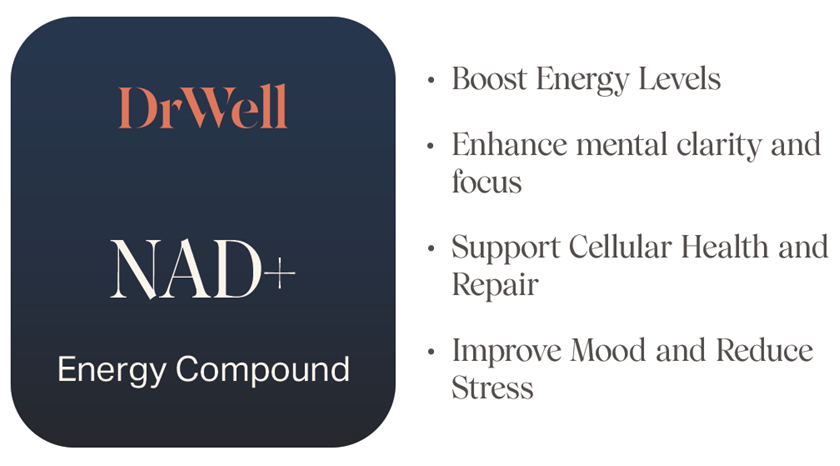Any marketing professional will tell you the importance of measuring the effectiveness of your advertising. By measuring each marketing channel, and its associated results, you can make better decisions in regards to allocation of marketing dollars. One mechanism to measure marketing efficiency is determining cost per lead. In other words, how much do you spend in direct marketing costs to generate a lead? Before you can answer that question, you have to answer the deceptively evolving definition of what constitutes a lead. Does someone that visits your site as a result of your advertising qualify as a lead? Maybe a lead is someone that visits your website and provides their contact information? Or maybe, a lead is someone that, at the very least, comes in for a consultation.
What do you consider a lead?
Herein lies the problem. Which “lead” counts as a lead? If your primary business is online sales, then a visitor to your website may qualify as a lead. Or if the consumer leaves an item in their cart, even if they don’t purchase, this at least this generates an abandoned cart email1 with the consumer’s contact information attached – a potential lead for follow up.
But what if you’re not an Etsy merchant and most of your sales are a result of in-person, brick-and-mortar sales? In this scenario, you may require a website visitor provide their contact information before considering them a lead. Still, even with their contact information, there’s no guarantee they’ll become a paying patient. After capturing their contact info, they still need to come into the office for a consultation, in anticipation of purchasing a service or product.
From this perspective – leads on your site vs leads in the office – we’re describing two distinct sales funnels. One sales funnel represents a consumer becoming aware of your brand, making their way through the sales funnel to the point they leave their contact information on your website. And the second funnel represents your staff’s attempt to facilitate the consumer’s journey into the office to become a paying patient.
Managing two sales funnels
Whether it’s the first or second sales funnel, cost per lead (CPL) only tells part of the story. There’s the cost per lead to capture their contact information. And then there’s the cost per consultation (CPC) and even the cost per booking (CPB)(also referred to as the cost per acquisition in marketing parlance) to complete the two funnels. But we never hear of the cost per consultation or booking. Why is that? Part of the reason, I believe, is the lack of automation to gauge those metrics.
For example, measuring the cost per lead is slightly easier because Google Analytics (GA) can measure where your web traffic is coming from. If you know you spent $X on Google Adwords, and you received Y number of conversions (web visits, newsletter signups, watched videos, online bookings), then determining your CPL is possible. But once the patient comes in for a consultation, Google Analytics is unable to measure that transition in real life.
If the lead comes in for a consultation, your staff can more accurately attribute the marketing channel(s) or referral source(s) that brought the patient in. This allows the practice to calculate the costs to generate that consultation ($X spent to produce Y consultations) and subsequently the cost that led to a booked procedure ($X spent to produce Y bookings).
Cost per lead vs cost per consultation vs cost per booking
If you currently track your marketing cost per lead (CPL), the dollar values you’re familiar with may not be shocking. Many online sources suggest the standard CPL in healthcare is greater than $100 per lead2. Understandably, not all leads will come in for a consultation and certainly not all consultations will become bookings. That means your cost per consultation (CPC) and to an even greater extent, your cost per booking (CPB), will be dollar values that are 1) higher than the CPL and 2) may be distressingly (or horrifyingly) higher than what you’re accustomed to seeing. Because remember, the numerator (money spent on marketing) is the same, but the denominator (number of consultations and bookings) will be lower than the number of original leads, resulting in higher CPC and CPB.
We undertook a study in our practice to determine these calculations. We tracked the number of leads generated through our Price Estimator3 and chatbot4 on our site since we capture the consumer’s contact information with each lead. And since we’re not always sure how each lead found us with certainty, we divided the total dollars spent on all marketing by the total number of leads over 15 months, to arrive at our cumulative CPL. The result was a very low $39.91 per lead. Significantly lower than the industry average but we also have an incredibly tantalizing call-to-action button (Get A Quote Now) that generates a lot of leads, passively building a huge email database for future email marketing5. Of course, they don’t all come in for a consultation.
Automating the process
Once they do come in for a consultation, we’re able to add each marketing source that led to their arrival in the office. We digitize and automate the referral source by including it with every post-consultation quote provided to the patient. Since each patient has the opportunity to create their own quote on our website before coming in (via the Price Estimator or chatbot), our cosmetic care coordinator is able to take that estimate, update it after the consultation, and then assign the patient’s stated referral source(s) to the quote.
By knowing the number of patients that came in for a consultation, since they each receive a quote after their consultation, and knowing the lead source (appended to each quote), we can then calculate the ad spend for each marketing channel that led to a consultation. And for those that booked a procedure, we can just as easily determine the cost per booking for each marketing channel. No need to track and calculate these numbers with an Excel spreadsheet (although we’ve all been there)! We’re aware of our numbers on a daily, monthly and all-time basis by incorporating these analytics into the normal office workflow of providing quotes to patients. This provides a more granular understanding of what marketing channels work best to get patients in the office and how much it’s costing us. These are things Google Analytics can’t measure in a patient’s post-website journey. See Figure 1.

Bringing it all together
To gain a bird’s eye view of revenue generated directly from advertising, we employ the Return on Ad Spend metric (ROAS). This is a simple calculation where you look at the revenue created by an ad campaign (or all advertising) and divide it by the cost of said advertising. So for example, if you generate $10 from every $1 spent on advertising, you have a ROAS of 10:1. According to HubSpot6, a good ROAS is 3:1. Based on our calculations above, our ROAS was 12.4:1 – more than four times the industry benchmark. But when we delve into specific marketing channels, i.e. radio, we find this lead source is particularly expensive, resulting in a ROAS of 1.1:1. Sure, it’s greater than breaking even, but below the 3:1 goal.
These return on ad spend (ROAS) calculations provide insight into the cost of getting patients in the door, not just another lead on your website. Precisely why cost per lead isn’t enough. Knowing the ROAS allows us to make objective decisions based on data, not instinct. So, while our radio advertising appears to be underperforming, there is still some value in its role in creating brand awareness to this marketing source. But not at any cost! The ad spend must be commensurate with the leads, consultations and bookings generated. Armed with these analytics, we are in a better position to make our case to the radio station: significantly reduce our advertising cost or we’ll eliminate it entirely if the station’s ad sales department isn’t in the mood to negotiate. Mic drop.
Dr. Jonathan Kaplan is a board-certified plastic surgeon based in San Francisco, CA and founder/CEO of BuildMyHealth7, a price transparency-lead generation platform. You can watch him operate and educate @realdrbae on Instagram8, Snapchat9 and TikTok10.
1. https://modernaesthetics.com/articles/2020-nov-dec/the-power-of-the-abandoned-cart?c4src=search:feed
2. https://popupsmart.com/blog/how-much-does-lead-generation-cost#averagecostperleadbyleadgenerati…
3. http://realdrbae.com/pricing
4. http://realdrbae.com/
5. https://modernaesthetics.com/articles/2019-may-june/how-an-email-database-can-power-your-practice?c4src=ajax-search:feed
6. https://blog.hubspot.com/marketing/return-on-ad-spend#:~:text=ROAS%20(return%20on%20ad%20spend,spent%20on%20an%20advertising%20campaign.
7. https://www.buildmybod.com
8. https://www.instagram.com/realdrbae/
9. https://www.snapchat.com/add/realdrbae
10. https://www.tiktok.com/@realdrbae?lang=en
Click here for the original article written by Dr. Jonathan Kaplan for Modern Aesthetics.




